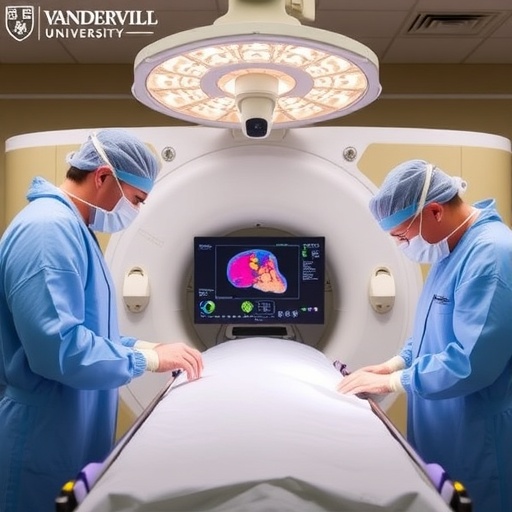
Credit: XU Gaojie
Lithium metal batteries could double the amount of energy held by lithium-ion batteries, if only their anodes didn’t break down into small pieces when they were used.
Now, researchers led by Prof. CUI Guanglei from the Qingdao Institute of Bioenergy and Bioprocess Technology (QIBEBT) of the Chinese Academy of Sciences (CAS) have identified what causes lithium metal batteries (LMBs) to “self-destruct” and proposed a way to prevent it. The findings were published in Angewandte Chemie on Jan. 19.
This offers hope of radically enhancing the energy held in batteries without any increase in their size, and at reduced cost.
In fact, LMBs were the original concept for long-lasting batteries, but their anodes break down into small pieces – a microstructure known as “pulverization”. The LMBs thus quickly stop working when being cycled through. Lithium-ion batteries were actually a compromise: tweaking the LMB concept prevented the anode failure by using graphite anode, but at a cost of much lower energy storage levels.
One of the problems facing LMB development has been a lack of understanding, and even controversy over, why the anode fails. Conventionally, it is argued that tiny tree-branchlike structures of lithium called dendrites form during cycling of the battery. In addition, the pulverization structure always appears in any failed LMB.
What has been contentious though is whether lithium hydride (LiH) is present in the pulverization structure. LiH has poor electrical conductivity, but it is also very brittle, which would explain the pulverization. In the past, one group of researchers had identified LiH as a distinct type of dendrite, but another group found nothing along these lines.
However, both research groups had only used simplified versions of an LMB. To properly investigate what is going on, the QIBEBT research team ran a practical LMB under typical operating conditions.
Using a type of mass spectrometry (an analytical tool that allows identification of unknown compounds), the researchers were able to confirm that LiH did indeed become the dominant compound on the anode as the battery was being used.
But more importantly, they found that this chemical reaction is temperature sensitive: it only happens at room temperature, and the process can be reversed if the temperature rises above this level.
This suggests ways that the production of LiH can be prevented, either via heat treatment or a pressure treatment producing the same effect, or a combination of the two. Additional options include suppressing the production of hydrogen ions, or the placement of interface materials that can protect the lithium from the hydrogen.
“Coming out of this study, the next step is to produce some form of really good lithium protection,” said CUI Guanglei, lead author and a scientist with QIBEBT, “which should then deliver on the long-held promise of practical applications of the ‘holy grail’ of lithium metal batteries.”
###
Media Contact
CHENG Jing
[email protected]
Original Source
http://english.
Related Journal Article
http://dx.





